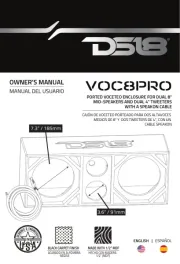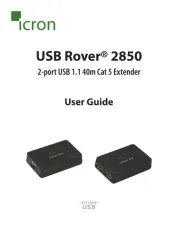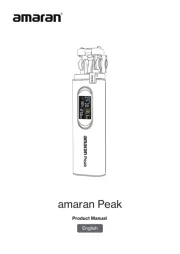Uni-T UT22B-EU Manual
Uni-T
Ikke kategoriseret
UT22B-EU
| Mærke: | Uni-T |
| Kategori: | Ikke kategoriseret |
| Model: | UT22B-EU |
Har du brug for hjælp?
Hvis du har brug for hjælp til Uni-T UT22B-EU stil et spørgsmål nedenfor, og andre brugere vil svare dig
Ikke kategoriseret Uni-T Manualer

31 August 2024

14 August 2024

9 August 2024

7 August 2024
Ikke kategoriseret Manualer
- Verbos Electronics
- Mivar
- Sandia Aerospace
- Camille Bauer
- Momo Design
- Itho-Daalderop
- ALC
- Pulsar Observatories
- SafeMi
- Pro Co Sound
- Durex
- SAUTVS
- Glock
- Wachendorff
- CarPlayKits
Nyeste Ikke kategoriseret Manualer

5 November 2025

5 November 2025

5 November 2025

5 November 2025

5 November 2025

5 November 2025

5 November 2025

5 November 2025

5 November 2025

5 November 2025
